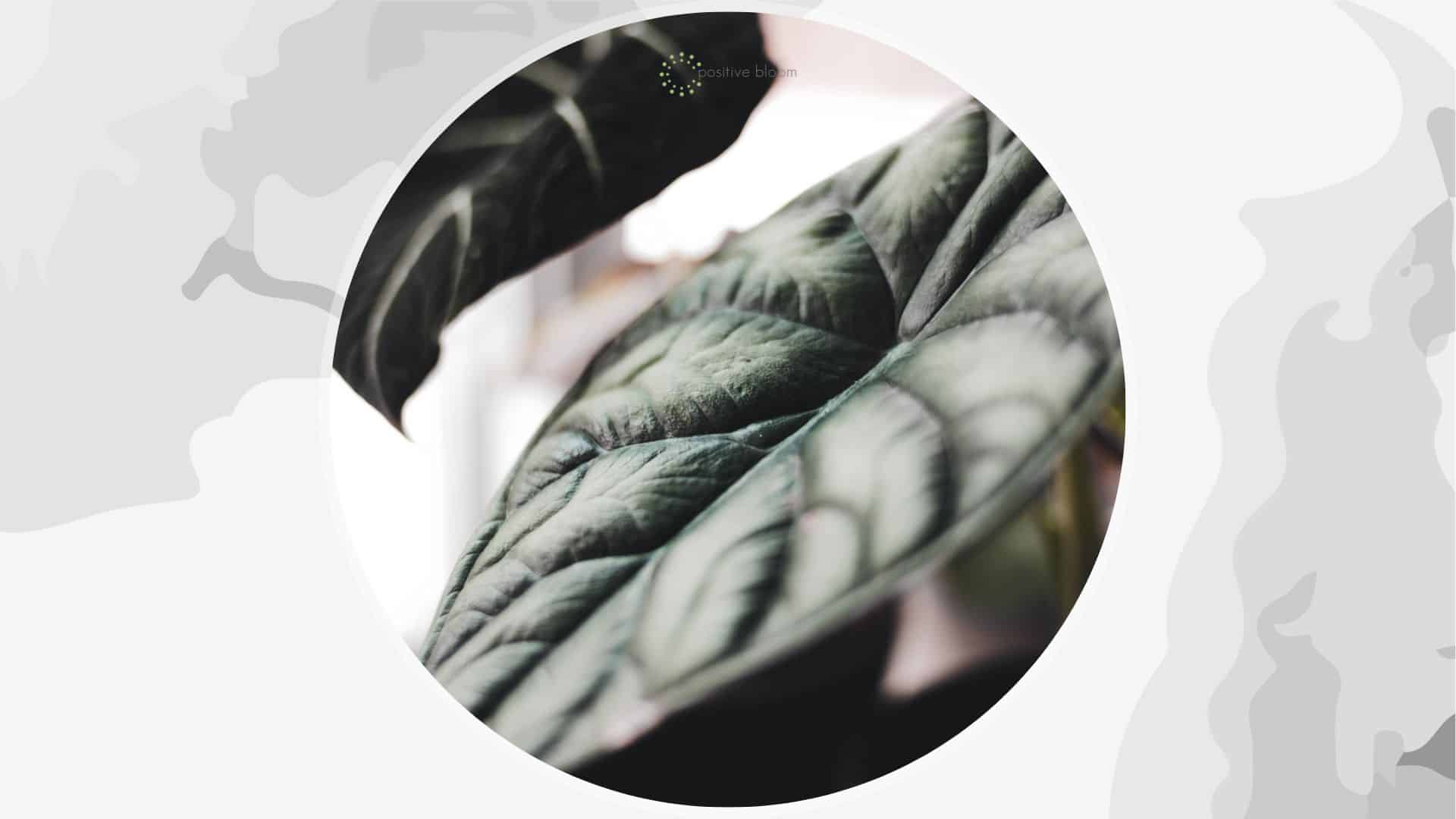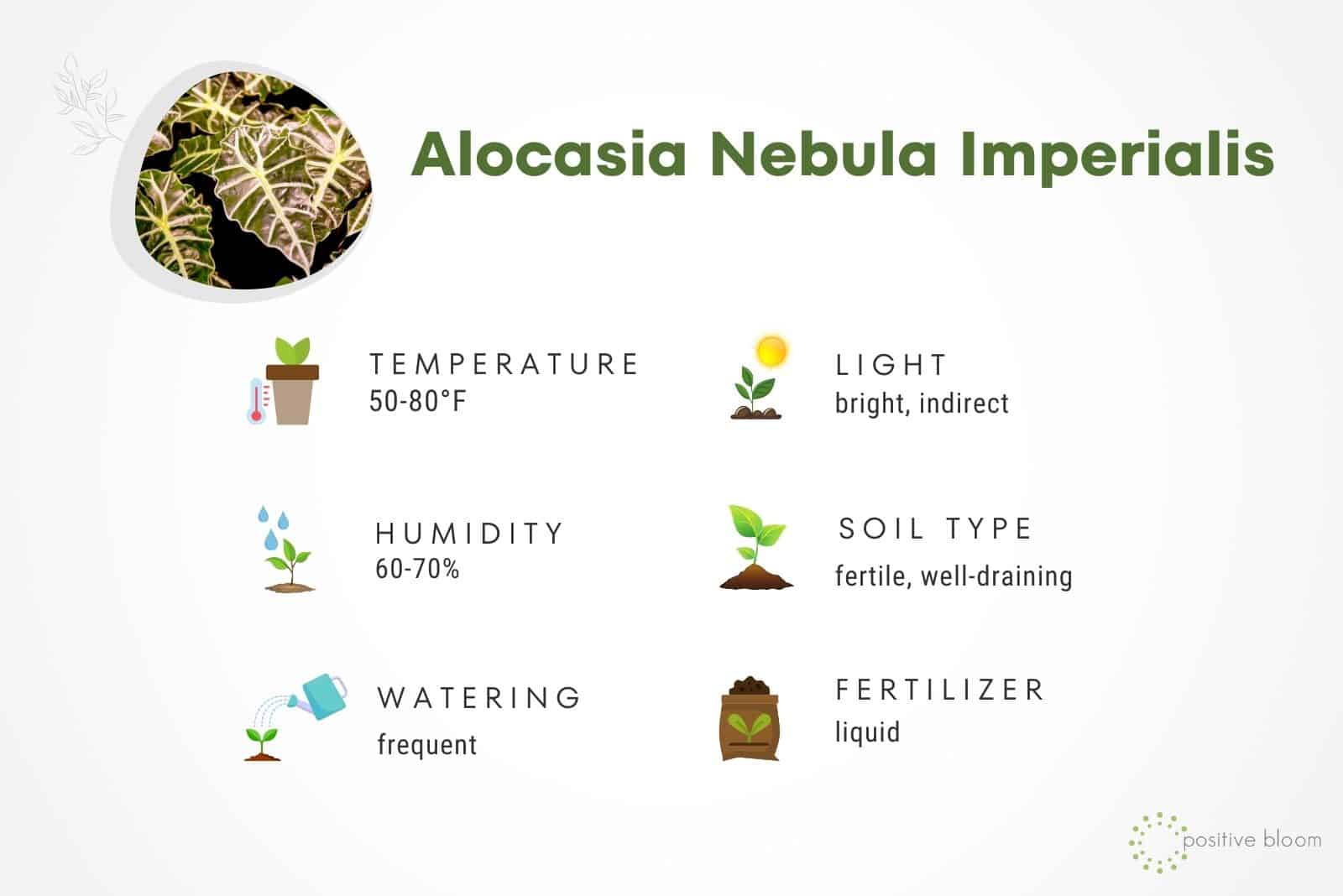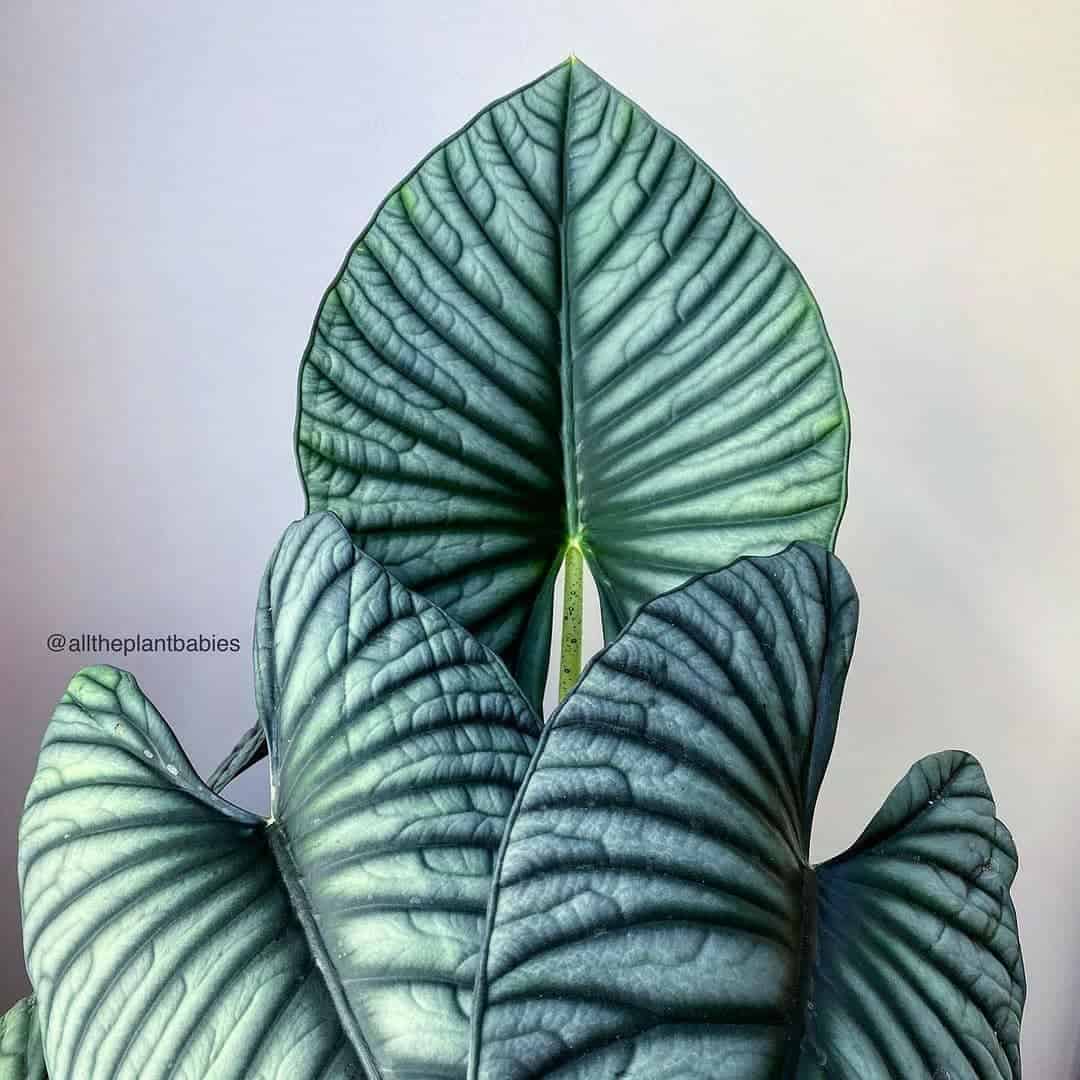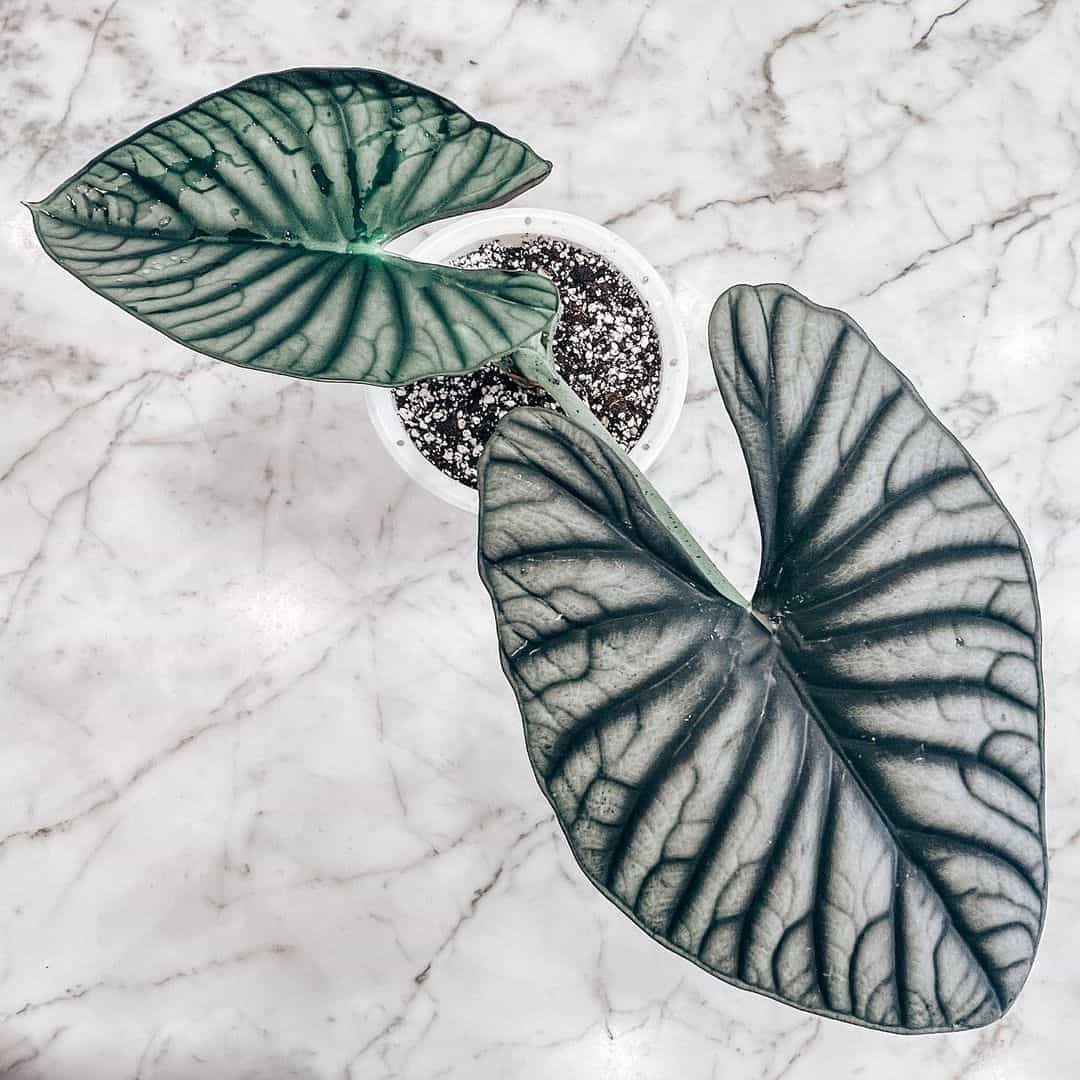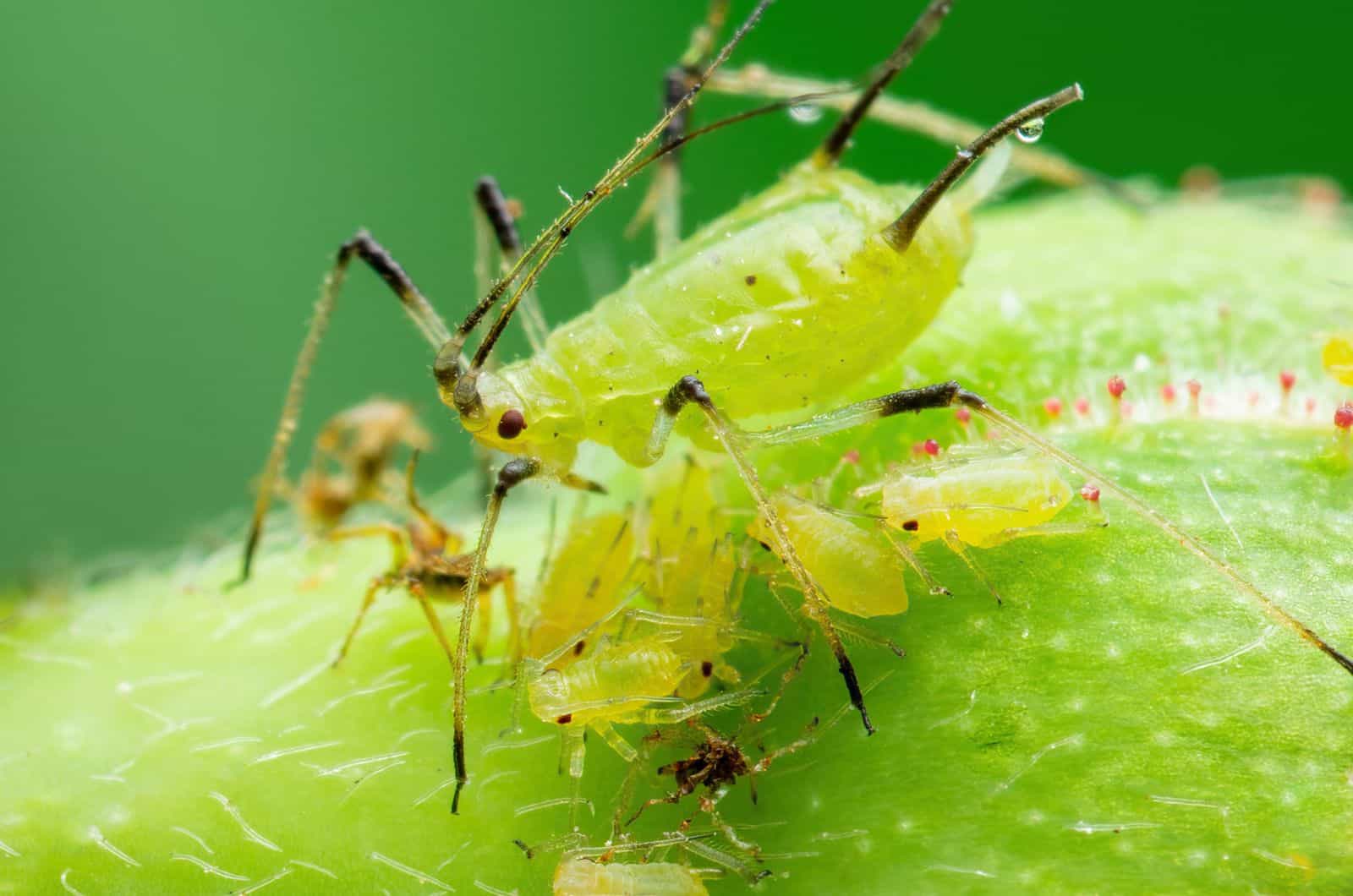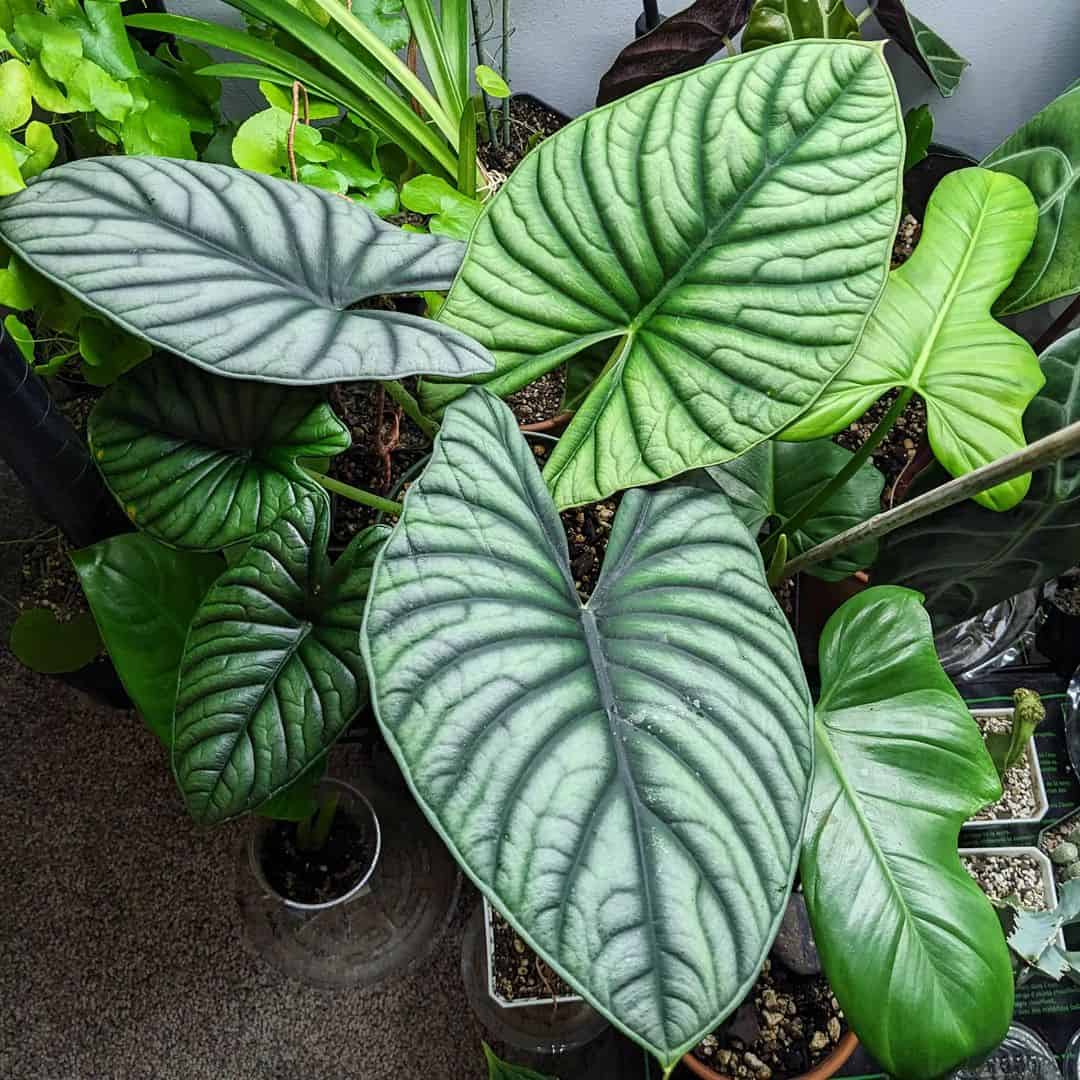If you are looking for a plant that has large leaves, I would like to introduce you to the Alocasia nebula Imperialis. This lovely plant belongs to the Araceae family. Due to its large leaves, it is often referred to as the Elephant ear plant.
The silvery leaves with dark green veins are breathtaking!
Although we are talking about a big plant, it is quite easy to take care of. Frequent watering, warm temperatures, some plant food, and high humidity is all it takes to keep this plant happy and healthy.
If you are interested in knowing more about this plant and how to take care of it, keep reading!
Here’s some basic info to kick things off:
[table id=668 /]
Alocasia Nebula Imperialis: An Overview
The Alocasia nebula Imperialis is a variety of Jewel alocasia – one of the most popular alocasias out there!
The Alocasia nebula Imperialis is a tropical plant that originates from tropical regions of Asia and Eastern Australia. It belongs to the Araceae family. What’s interesting is that this plant is rarely seen in the wild, but luckily we can now order it online!
In nature, alocasias usually reach up to 6 feet tall. When cultivated indoors, the plant usually reaches 1 to 2 feet tall.
This lovely variety produces large glossy leaves with a silvery-green color. The dark green veins stand out against the pale green background. As the plant matures, the leaves change from elliptical to heart-shaped.
The flowers are small and have a citrusy fragrance – however, these plants produce flowers quite rarely. Still, you are not missing much because they produce greenish-yellow spathes that don’t contribute to the plant’s appearance.
This plant is all about the leaves!
However, these beautiful leaves are toxic because they contain calcium oxalate crystals, which can lead to skin rashes, a burning sensation, vomiting, excessive drooling, difficulty swallowing, and appetite loss.
Put this plant somewhere out of the reach of your kids and pets, such as high shelves or windowsills.
Alocasia Nebula Imperialis: Plant Care
When it comes to growing an Elephant ear plant indoors, it might be demanding compared to succulents, for example. Don’t worry, there aren’t any special requirements that you have to provide.
You treat them like any other tropical plant – give them some water, ensure that the humidity is high enough, keep them nice and warm, and you are good to go!
Let’s discuss plant care in a bit more detail.
Water Requirements
The health of your plants depends on how well you water them. When the word “tropical” appears in a plant’s name, though, people have a tendency to overwater them.
Tropical plants don’t require constant soaking in order to survive! Quite the contrary, it may lead to numerous issues since excessive moisture surrounding their root systems will ultimately cause root rot.
You might notice that your Elephant ear plant is dripping water – this is a phenomenon where tiny water drops appear on the leaves if the plant has been overwatered. This is a sign that you have to ease up with watering, as are yellow leaves and soggy soil.
Since other factors such as temperature and humidity might affect the watering needs, there is no general watering schedule that you can stick to. Luckily, there are a few tricks that you can use to determine if your plant needs watering.
Put your finger in the soil and see whether the top 2-3 inches are dry to check if your plant needs watering. Generally speaking, alocasias need to be watered once or twice a week during the growing season. Once they enter dormancy, they won’t need much water (usually 2-4 times per month).
Light Requirements
The Alocasia nebula Imperialis requires bright indirect light in order to grow and thrive. They require a lot of sunlight; however, direct sunlight might harm your plant by fading or burning its leaves, so choose the location carefully.
The best place for your alocasia would be near an east-facing window, but you can also put it near a west- or south-facing window, just make sure that they are not exposed to direct sunlight (put up a sheer curtain or keep the plant a few feet away).
If you can’t find the perfect location, invest in some grow lights for plants.
Humidity Requirements
Since they originate from tropical rainforests, these plants are used to growing in humid environments. The Alocasia nebula Imperialis prefers humidity levels of around 60% to 70%. This is relatively high for regular households, which is why you will have to find a way to provide humidity for your plant.
The first thing that you can do is create a pebble tray. The pebble tray technique is quite easy; simply place some pebbles or small rocks in a tray and pour water on top of them. The pot with your plant is then placed on the tray, and that’s it! Your plant receives what it needs as a result of the humidity rising when the water evaporates.
I would advise you to purchase a humidifier if you don’t mind investing some money. This is the simplest and most effective method for increasing humidity.
Misting is also an effective method. Regular misting of your plant might supply it with the moisture it needs, but because it may also attract bugs and fungi, I wouldn’t advise using this technique.
Soil Requirements
This house plant doesn’t need much, but a specialized potting mixture is crucial. Although there are pre-made mixes for aroids, succulents, and other plants that you can use in place of standard potting soil, the best thing you can do is create your own potting soil.
The ideal mixture for Elephant ear plants has both moisture-retentive and well-draining components, so your plant won’t drown in water or require daily irrigation.
As a result, you should mix elements that enhance drainage, such as perlite, orchid bark, pumice, or vermiculite, with components that retain moisture, like potting soil, peat moss, or coco coir.
Another important thing that ensures proper drainage is growing your plant in a pot with drainage holes in the bottom. This way, any excess water will drain out quite quickly and make sure that your plant doesn’t sit in soggy soil.
Fertilizer Requirements
Alocasias are heavy feeders, which means that you will have to provide them with some plant food!
First and foremost, you must only feed your plant during the growing season. Fertilizing plants when they are dormant doesn’t work and is likely to cause burns because it is not actively growing and won’t need nutrients for growth and development.
To avoid overfertilizing, you should fertilize this plant once or twice a month. Also, you need to be cautious about the fertilizer you use; you can’t just use any old fertilizer you like to feed this plant because it may not have all the nutrients it needs (or it might contain too much of them).
To prevent fertilizer burns, it is advisable to use houseplant fertilizers that have been diluted to 50% strength.
Last, but not least, remember to water your plants either before or just after you feed them so that the minerals are available for absorption.
Temperature Requirements
The optimal temperature would be similar to those found in tropical regions, which are usually nice and warm. The Alocasia nebula Imperialis prefers growing in temperatures from 50 to 80 degrees Fahrenheit.
Don’t let the temperature drop below 45 degrees Fahrenheit because it might cause serious damage.
Bring this plant inside during the colder months. The tubers should always be kept indoors and planted outdoors the following year.
When kept indoors, be careful where you put this plant – avoid vents, air conditioners, or drafty windows (especially during winter). However, you must also keep the plant away from heat sources such as space heaters, fire places, and radiators.
Pruning
This plant doesn’t require frequent pruning. If you discover any black or brown patches, or notice that the leaves of your houseplant have turned a sickly yellow, you should definitely cut them off as soon as possible.
You should remove these leaves as soon as you notice them in order to prevent the spread of the infection, because they most likely indicate a fungal condition.
When pruning, always use sterile pruning shears or knives to prevent spreading infections or diseases. I almost ruined my Alocasia amazonica this way, so stay safe!
Repotting
Alocasias are relatively fast growing plants, which means that you will have to repot them more frequently compared to your other houseplants. Once repotted, your plant will have more space to grow and spread!
Stunted growth and roots coming out of the drainage holes are common signs that your plant needs repotting.
When repotting, use fresh soil since it delivers more nutrients that your plant can use, and also minimizes the salt buildup that may happen after fertilization.
Prior to repotting your Imeprialis, there are a few things you should be aware of.
Repotting should always be done in the plant’s growing season, preferably in the spring so that it can acclimate to the new soil and recover from transplant shock.
You won’t have to worry about the water evaporating too quickly from the growing media due to high temperatures in the spring because the weather is also cooler.
The container should have drainage holes and be one or two pot sizes larger than the previous one if your plant has outgrown it. You should also water the plant a day before repotting just to make the job easier.
Propagation
When propagating an Alocasia nebula Imperialis, you won’t be using typical stem cutting techniques. Instead, these plants are propagated by tubers or rhizome division. I propagated my Alocasia odora Variegata using this technique!
Pull up the parent plant first, then pick out any tubers that have recently emerged and have roots. It should then be divided using clean shears before the baby tuber is put in a container with adequate soil for this plant.
Make sure your pot has bottom drainage holes so that any extra water can drain away.
Until spring, keep the new baby plant in a dark, cool place before relocating it to an outside location with some shade.
Alocasia Nebula Imperialis: Common Issues
Unfortunately, even large, rare plants like this aren’t completely resistant to pest infestations and plant diseases. In fact, those pesky pests absolutely love munching on these large leaves!
Let’s look at some common issues that you might encounter when growing an Alocasia nebula Imperialis.
Pest Infestation
Scales, spider mites, aphids, and other pests are among the most frequent insects that wreak havoc on these gorgeous plants. Scales are probably to blame if you find anything sticky on your plant since they produce sticky honeydew that attracts ants. You can remove them by cleaning the leaves with a cloth dipped in rubbing alcohol.
If you spot any webbing on your plant, or tiny brown bugs chilling on the undersides of the plant’s leaves, then you are probably dealing with a spider mite infestation. Neem oil or rubbing alcohol work well for getting rid of them, and you can also use soap solutions to get rid of these unpleasant pests.
Aphids are bugs that feed on plant sap and steal nutrients, causing plants to yellow, curl, and wilt. To get rid of them, you can use soapy water, neem oil, or other insecticides.
Plant Disease
This plant can often suffer from root rot, powdery mildew, and leaf spot. Overwatering leads to root rot, which can be identified by yellowing leaves, a droopy plant, or stunted growth.
Take your plant out of its pot, inspect the roots, and cut off any mushy, wet, or dark roots you spot when investigating the plant. After that, you can apply a fungicide to the remaining roots and repot your plant in a brand-new container with brand-new soil (to avoid contamination).
In hot temperatures and high humidity, leaf spot and powdery mildew might develop, so you should refrain from misting the plant’s leaves.
Move your plant away from your other plants as soon as you discover lesions or white residue on the leaves in order to stop the disease from spreading. The rest of the plant should then be fungicide-treated after the damaged leaves have been removed.
To Sum Up
The Alocasia nebula Imperialis is a rare plant that is generally quite hard to find – if you get ahold of one, take good care of the plant and immediately propagate it (trust me, you can sell it again or give it as an awesome gift).
Those silvery leaves with dark green strikes are simply a must-have for any plant lover out there, especially if you love tropical plants!
Luckily, their plant care requirements are quite similar, so you won’t have to worry about that either. Feed them well, keep them warm, and make sure to water them regularly. I’m sure that you will take good care of this rarity.
That’s all, folks. I hope this article was helpful.
Until next time!

